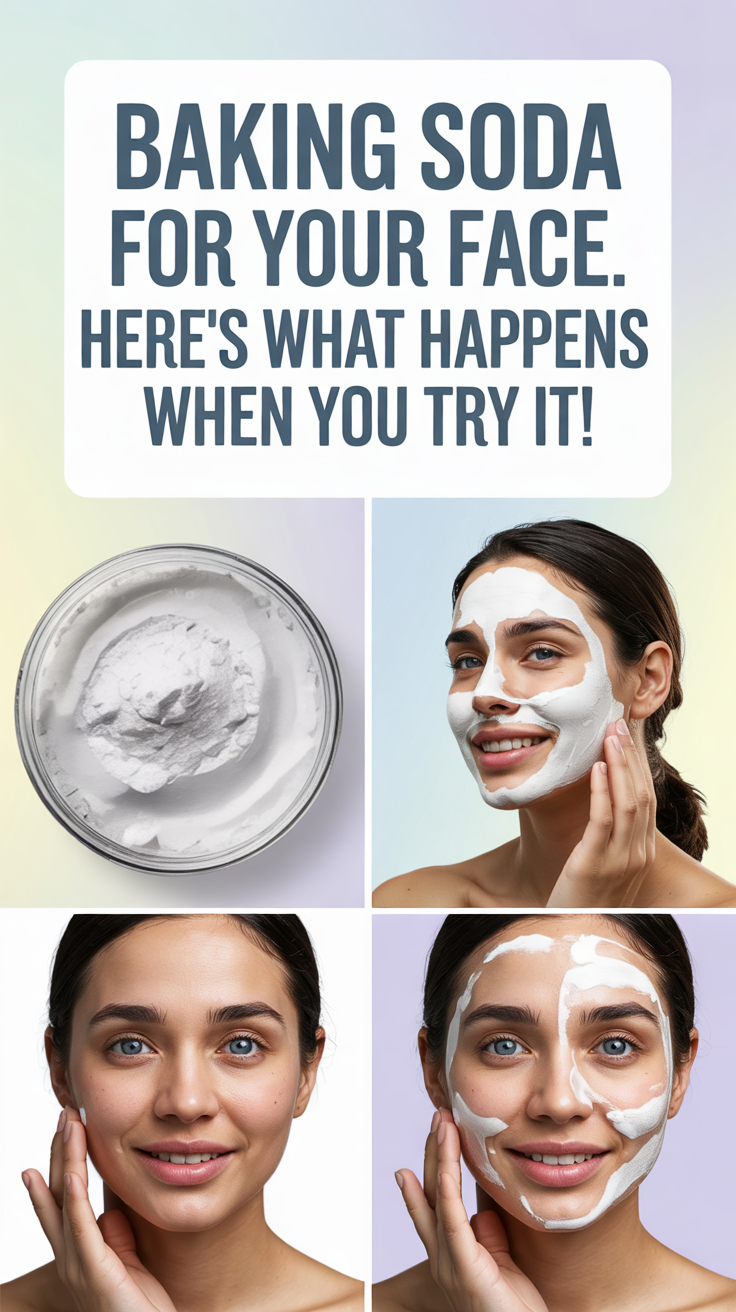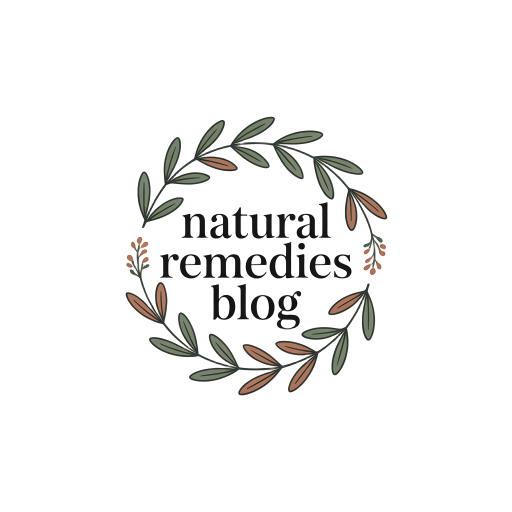Baking Soda for Your Face. Here’s What Happens When You Try It!
If you’ve ever considered using baking soda for your skincare routine, you might be surprised by its potential benefits for your complexion. This common kitchen ingredient can help exfoliate, balance pH, and even combat breakouts. However, it’s not without its risks, especially for sensitive skin. So, what should you keep in mind before trying it out? Let’s explore the ins and outs of incorporating baking soda into your face care regimen.
What Is Baking Soda and How Does It Work on Skin?
Baking soda, or sodium bicarbonate, is a versatile compound that can work wonders for your skin. You might be surprised to learn that it’s not just for baking!
When you mix it into a baking soda face mask, it gently exfoliates and helps balance your skin’s pH. This simple ingredient can absorb excess oil and unclog pores, making it a favorite among beauty enthusiasts. Additionally, its natural exfoliant properties can remove dead skin cells, enhancing your complexion. Moreover, its antibacterial properties help prevent breakouts, contributing to a clearer and healthier appearance. Baking soda also acts as a natural exfoliant that effectively removes impurities from the skin’s surface.
Plus, it’s easily accessible, so you can whip up your own mask at home. Embracing this natural solution can help you feel more connected to your skincare routine and unleash your skin’s potential.
Benefits of Using Baking Soda on Your Face
Using baking soda on your face offers numerous benefits that can enhance your skincare routine. It acts as a gentle exfoliant, helping to remove dead skin cells and reveal a brighter complexion. However, it’s important to note that long-term use can lead to increased sensitivity and irritation. Additionally, its natural deodorizer properties help keep your skin feeling fresh throughout the day.
By balancing your skin’s pH, it can also help reduce excess oil, making it a great choice for those with oily or acne-prone skin. Plus, its antibacterial properties may aid in preventing breakouts. You’ll love how it can soothe irritation, leaving your skin feeling fresh and rejuvenated. Additionally, its natural exfoliating properties can help improve skin texture and promote a youthful appearance. Incorporating baking soda into your regimen fosters a sense of community, as you share these natural secrets with friends and family.
Potential Drawbacks and Risks
While many people enjoy the benefits of baking soda for their skincare, it’s important to be aware of some potential drawbacks and risks.
Here are a few things to consider before you slather it on your face:
-
Skin Irritation: Baking soda can disrupt your skin’s pH balance, leading to irritation or redness.
-
Dryness: It might strip your skin of natural oils, causing dryness or flakiness.
-
Allergic Reactions: Some individuals may experience allergies, resulting in rashes or discomfort.
-
Sensitivity: If you have sensitive skin, baking soda might exacerbate existing issues.
Always patch test and listen to your skin!
Baking Soda for Different Skin Types
How can baking soda benefit your specific skin type?
If you have oily skin, it can help balance your oil production and unclog pores.
For those with dry skin, it’s best to use it sparingly, as it may further strip moisture.
If your skin is sensitive, consider patch-testing first, as baking soda can irritate.
For combination skin, you might find that it effectively addresses oiliness in certain areas while you moisturize others.
Additionally, baking soda’s natural antibacterial properties can help reduce breakouts, making it a versatile option for various skin concerns.
Remember, everyone’s skin is unique, so listen to your skin’s reactions.
Embrace these tips to find what works best for you within your skincare journey.
How to Safely Apply a Baking Soda Face Mask
To ensure you get the most out of a baking soda face mask, start by preparing your skin properly.
Follow these steps for safe application:
-
Cleanse: Gently wash your face to remove dirt and makeup.
-
Patch Test: Apply a small baking soda mixture on your wrist to check for irritation.
-
Moisturize: Use a light moisturizer to keep your skin hydrated.
-
Timing: Limit the mask to 5-10 minutes to avoid over-exfoliation.
Recommended Recipes for Baking Soda Face Masks
Now that you’ve learned how to safely apply a baking soda face mask, it’s time to explore some recommended recipes that can enhance your skincare routine.
For a gentle exfoliant, mix two tablespoons of baking soda with one tablespoon of honey.
If you’re tackling oily skin, combine equal parts baking soda and lemon juice.
For a soothing mask, blend baking soda with yogurt.
And if you want to hydrate, try mixing it with coconut oil.
Each of these masks can help you achieve that radiant glow, making your skin feel fresh and revitalized.
Enjoy experimenting and find the one that suits you best!
Tips for Achieving the Best Results
While experimenting with baking soda face masks can be fun, there are a few tips to ensure you achieve the best results.
Follow these guidelines to make your experience even better:
-
Patch Test: Always do a patch test before applying the mask to avoid irritation.
-
Mix Well: Ensure you mix the baking soda with water or other ingredients thoroughly for an even consistency.
-
Limit Use: Use the mask no more than once a week to prevent over-exfoliating your skin.
-
Moisturize: After rinsing, apply a hydrating moisturizer to keep your skin balanced and nourished. Additionally, remember that baking soda’s exfoliating properties can help reveal fresher skin when used correctly.
Alternatives to Baking Soda for Skincare
If you’re looking for effective skincare alternatives to baking soda, several options can help you achieve healthy, glowing skin without the risk of irritation.
Consider using gentle exfoliants like oatmeal or sugar, which can slough away dead skin while being kind to your complexion. Clay masks are fantastic for detoxifying and absorbing excess oil. Additionally, coconut oil’s antimicrobial properties can help combat skin infections while providing moisture.
You might also try honey for its natural antibacterial properties and hydrating benefits. Aloe vera gel soothes and repairs, while natural oils like jojoba or argan nourish without clogging pores. Furthermore, incorporating medium-chain triglycerides into your skincare routine can support a healthy skin barrier and improve overall skin health.
These alternatives let you connect with your skin in a nurturing way, fostering a sense of community in your self-care journey.

